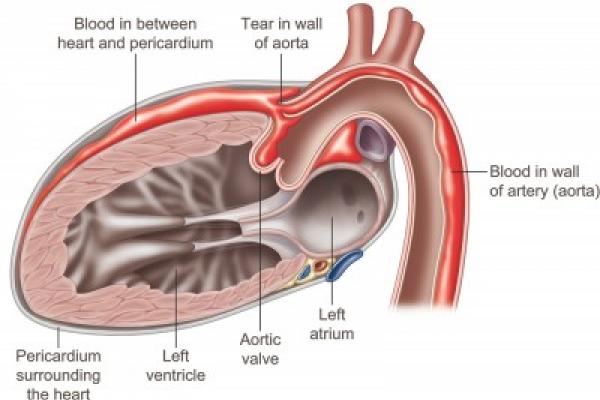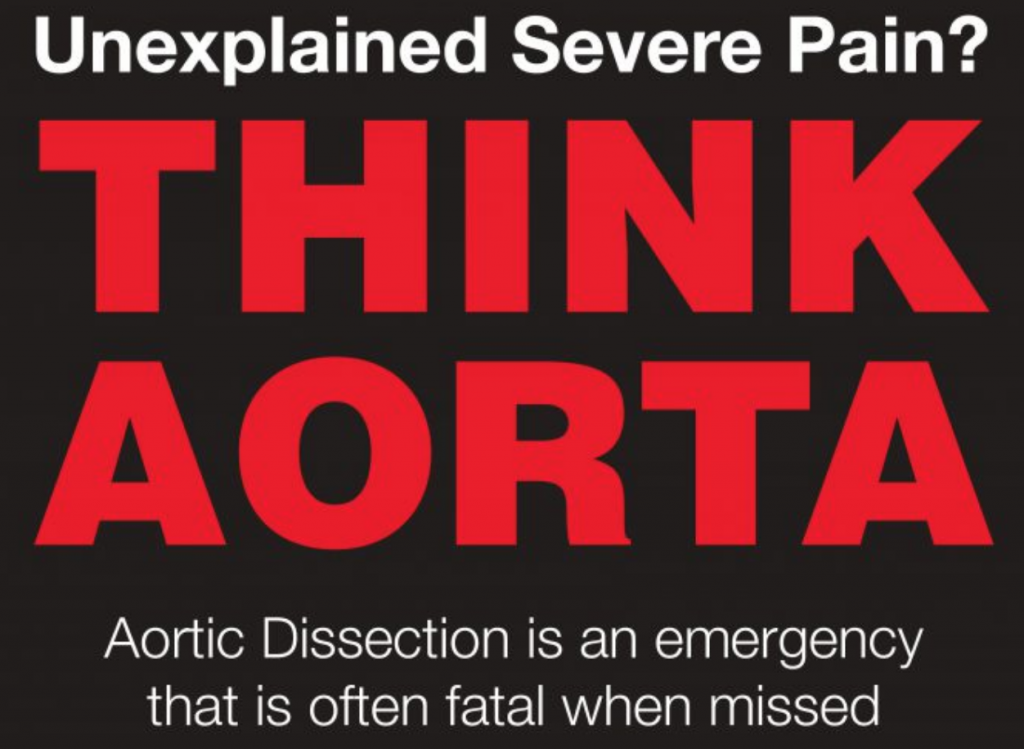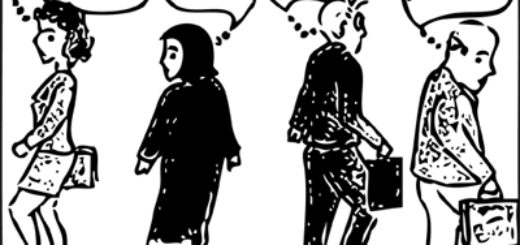First Aid for Aortic Dissection
Aortic Dissection is a life-threatening medical emergency that all first aiders and first responders should consider. In this first aid blog post we will cover how to spot the warning signs of aortic dissection and the importance of early medical treatment.
What is an Aortic Dissection?
An aortic dissection occurs when the inner layer of the aorta (the main artery supplying the body) becomes damaged. Blood travels in between the walls creating a false passage and tearing the layers of the aortic wall apart.

High blood pressure (hypertension) is a major risk factor for aortic dissection. Over time, the raised blood pressures cause weakness in the aortic wall. Other risk factors include increasing age, disorders of connective tissues and smoking.
Signs and Symptoms of Aortic Dissection
The main symptom of aortic dissection is the sudden onset of severe chest pain. The pain may radiate to the back and patients may describe a ‘tearing’ sensation.

Other signs and symptoms include:
- Shortness of breath
- Abdominal pain
- Loss of consciousness
- Pain radiating to the neck
- Sweating
- Signs and symptoms of shock
Patients can also present with signs and symptoms of a stroke due to the interrupted blood supply to the brain.
Treatment of Aortic Dissection
Aortic dissection is a serious condition and unfortunately, many patients will not survive. Emergency surgery may be required in order to fix the damage to the aortic wall. In addition, close monitoring and control of blood pressure is required in order to prevent the dissection from worsening.
First aiders and first responders need to be aware of aortic dissection as a cause of sudden onset chest pain. Urgent medical help should be sought for any patient presenting with chest pain. The diagnosis can only be made by a scan of the chest in hospital.





